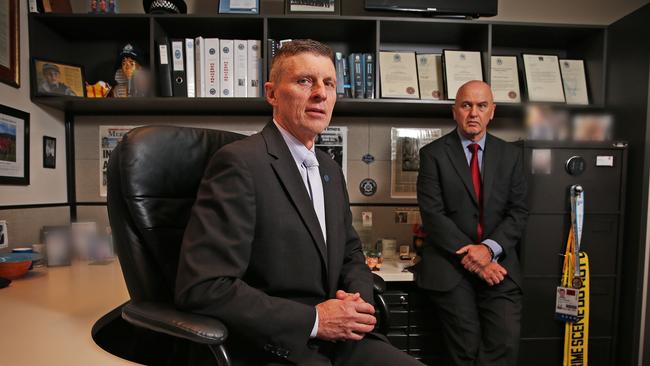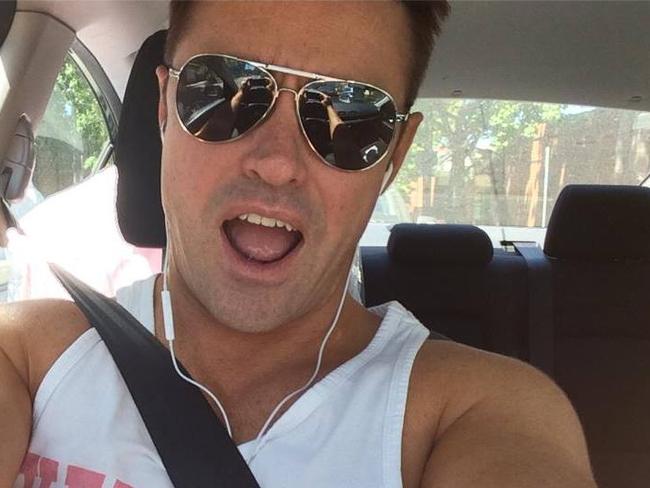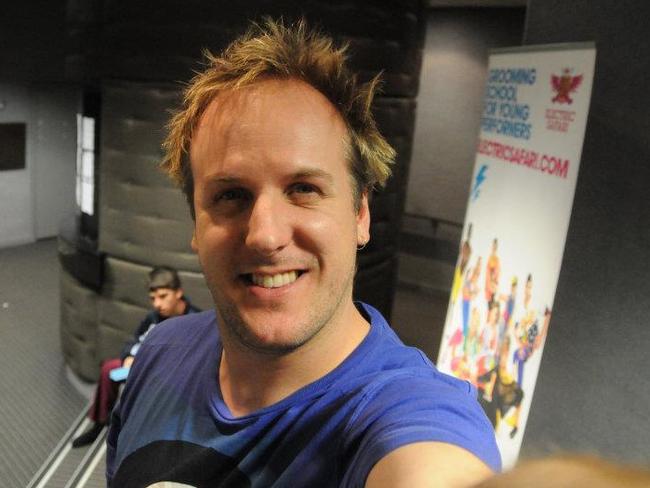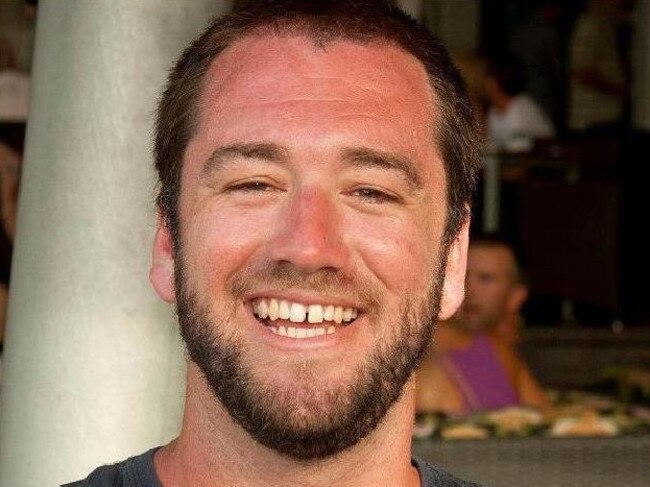Forget Dennis Ferguson; the most dangerous paedophile is young, handsome and charming
FORGET your stereotypes of paedophiles as creepy old men. They are the people you would often least suspect and usually have one common characteristic — charm.

NSW
Don't miss out on the headlines from NSW. Followed categories will be added to My News.
- Bega child molester’s fortune could be raided to help victims
- Students told to write letters to jailed paedophile
THESE are the shocking and surprising faces of paedophilia.
There’s Ben McCormack, 43, the TV journo and Nippers volunteer. Rickie Eggleton, 36, a teacher from the Central Coast. And Grant Davies, 42, a married dance instructor from Sydney’s inner west.
We think of child sex offenders as old men with crazy eyes or strangers in trench coats. But they’re not.

There is no criminal profile for child sex offenders. Many are under 40, but not all. They are usually men, but not always. They are from all walks of life. And in most cases they seem like really nice guys.
The ‘dirty old man’ stereotype formed late last century, when abuse was flushed out of the shadows and offenders were charged over crimes dating back decades.
“You were getting guys pinged in their 70s for offences they committed younger in life,” said Patrick Sheehan, a forensic psychologist who has years of experience working with child sex offenders in the NSW prison system.
Child sex offenders in jail tend to be over 40.
Some of Australia’s most notorious offenders — Gerald Ridsdale, Dennis Ferguson — were old men when they were exposed, but young when they offended.
Ridsdale’s offences date back to 1960, when he was 26.
Ferguson, who, with his creepy face and brazen behaviour became the poster boy for paedophilia, molested children in his 30s and probably earlier. This is the age when child sex offenders are at their most dangerous.
“The risk is from guys who are 18 to 40, then it starts to reduce,” says Mr Sheehan, who now runs his own practice, Big Picture Psychology, and remains a consultant to the court. “I am not 100 per cent sure why — perhaps it’s maturity.”

At any given time, there are about 1500 child sex offenders in NSW jails. While there is no criminal profile, there is a prisoner profile.
Child sex offenders in jail tend to be over 40, more educated, and more likely to have been employed than other prisoners. Therefore they are conspicuous, and at greater risk of assault by inmates who detest “rock spiders”.
Not every child sex offender is considered a paedophile. Psychologists believe they fit into two categories. Some are diagnosed as genuine paedophiles because they fit the criteria of having at least three to six months of recurrent sexual fantasies about a child younger than 13.
They might feel sexually rejected by adults.
True paedophiles can’t be rehabilitated because the attraction is hardwired. Their best hopes are anti-libidinal drugs or coping strategies, such as avoiding children altogether. A US-based support website for self-confessed paedophiles who don’t want to abuse children, called Virtuous Paedophile, has more than 2000 members. A few are Australian.
“We did not decide to be attracted to kids, and we cannot make it go away, but we can refrain from abusing children,” the moderator, who calls himself Ethan, told The Sunday Telegraph.
A poll of 176 of the group’s members found in almost 90 per cent of cases, their sexuality was apparent before they turned 20.

“That is a poll about when the person became a paedophile, which of course could be earlier than when they realised it,” Ethan said. “But the two things are pretty close.”
Child sex offenders who don’t fit the diagnostic criteria for paedophilia are a grab bag of deviants.
They might feel sexually rejected by adults and find children an easier target; they might add child pornography to their mix of other extreme sexual material; or they might hurt kids as part of a wider suite of criminal impulses.
“A common denominator is actually charisma.”
“For general sex offenders, there is no preference about who they want to dominate or control,” says criminologist Xanthe Mallett from the University of Newcastle.
Police officers are less inclined to draw a distinction between the two types because the end result is the same — a sex crime, and traumatised victim, and a distraught family.
“If we start (categorising), we make one worse than the other,” said Detective Chief Inspector Peter Yeomans, head of the Child Abuse Squad at NSW Crime Command.

If they’ve never been caught, child abusers are hard to identify because there is no offender profile beyond the fact that they are mostly men, and mostly over 18.
That’s why the royal commission warned against workplaces putting too much confidence in working with children checks; a database can only list those who have been caught offending, not the many abusers who haven’t.
But there is one trait police keep seeing in the child sex offenders they meet. “A common denominator is actually charisma,” said Detective Chief Superintendent John Kerlatec, director of the State Crime Command’s Serious Crime Directorate and former head of the Sex Crimes Squad. “When we’ve charged a teacher, we will be bombarded with emails saying ‘no, it couldn’t possibly be that person’.”

Police also see those people’s shock as the horrifying evidence is revealed in court. “If they weren’t likeable, they would have no chance of building a rapport.”
There are steps parents can take to protect their children, experts say. Monitor their social media accounts. Turn off wi-fi at certain times. Be careful of the pictures posted on social media, especially involving swimwear and underwear.
“What I do know, though, is that you can’t totally risk-proof this,” says Mr Sheehan. “The world is not that safe.”
DON’T BE BLIND TO THE DANGER
NEARLY two people a day are convicted of a child sex offence in NSW, amid fears that number is only the tip of the iceberg.
And with the ever-growing influence of technology offering more paths for people to be involved in abuse, police have revealed that most of those charged are first-time offenders.
The scale of the problem facing police has been underlined by convictions being at their highest level in 20 years, according to data from the NSW Bureau of Crime Statistics and Research.
“It appears to be becoming more and more the case that the people being arrested and charged with child sexual offences have not previously dealt with police for matters of this type,” said Detective Chief Inspector Peter Yeomans, head of the Child Abuse Squad.
While Inspector Yeoman’s squad doesn’t deal with historic or internet-related child sex abuse cases, it still made 736 arrests last year, relating to almost 3000 charges.
While community awareness and better policing were contributing to the rising number of arrests and convictions, he said people needed to be awake to the danger. “This is happening,” Insp Yeomans said. “It’s happening in our backyard. Let’s not be blind to it.”
In the 12 months to March this year, 690 people were found guilty of at least one child sex offence in a NSW court. — JORDAN BAKER
